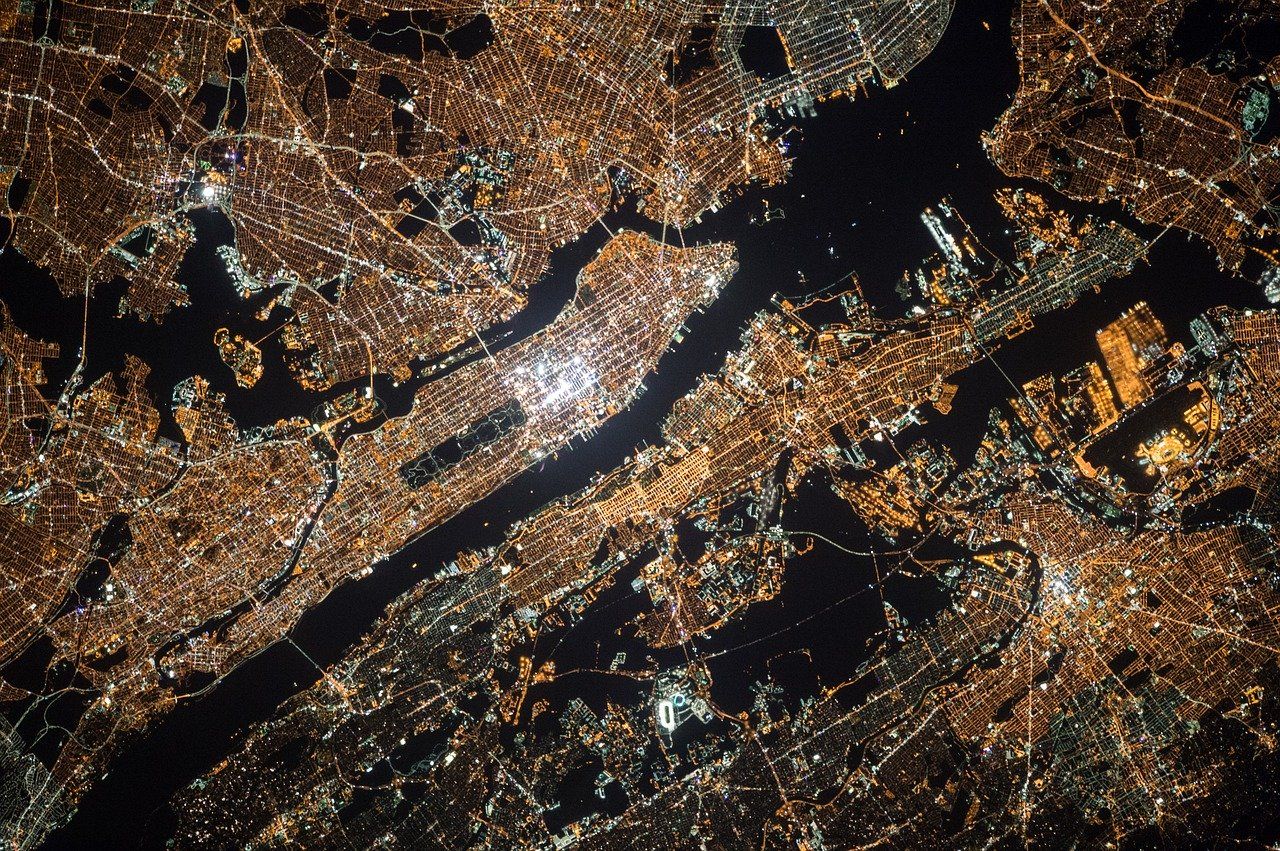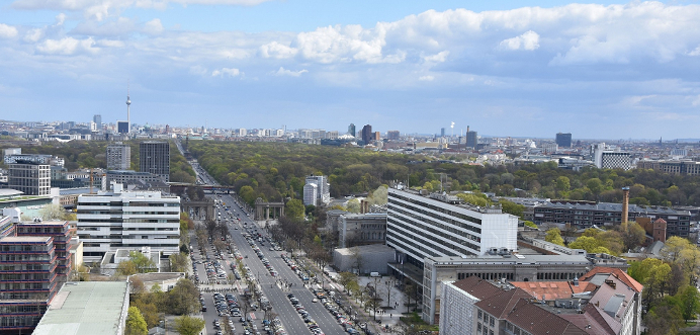The Institute for Advanced Research in Artificial Intelligence (IARAI) has announced its third annual Traffic4Cast competition. IARI is an independent and global machine-learning research institute established by HERE Technologies. This year’s competition dataset covers 10 diverse cities (from New York to Berlin to Bangkok) in a time span of two years. The dynamic data are derived from the GPS trajectories of a large fleet of vehicles, made available by HERE. Participants are tasked to create algorithms that predict future traffic flows for 10 cities.
This year’s Traffic4cast is evolving from the previous, successful competition and is aimed at predicting traffic under both temporal and spatial domain shift conditions. This goes to the heart of understanding implicit, underlying traffic rules or patterns and making robust and transferable predictions. This robustness of the predictions will be explored and challenged through:
- the core challenge with the drastic temporal domain shift induced by the COVID-19 pandemic aiming at models that will be able to contend with the changing traffic patterns;
- the extended challenge with a spatio-temporal domain shift to cities with only very little data available (only the test data and supporting road network properties are provided).
Hence, these two challenges will ask for solutions from few-shot learning, transfer-learning or more generally, meta-learning, as well as video frame prediction or graph-based modelling.

The data include dynamic and static information. With the new static data, new encodings of the road graph are provided in order to better support graph-based approaches and bridge between different machine learning communities. An extensive GitHub repo with baselines, metric and data exploration and other code helpers is also provided for a quick head start in the competition.
Traffic4cast 2020 saw almost 600 submissions from competing teams from around the world, with winners from South Korea, US, China and Sweden. Submissions for this year’s competition are due by October 14, 2021. The winners will be presented with awards at the NeurIPS 2021 conference and their solutions will be published in a special NeurIPS volume of the ‘Proceedings of Machine Learning Research’ journal.
Competition prizes
The winners of the core challenge (temporal domain shift) will receive the following prizes:
- 1st place – a voucher or cash prize worth €8,000 (US$9,500) to the participant/team plus one free NeurIPS 2021 conference registration;
- 2nd place – a voucher or cash prize worth €4,000 (US$4,775) to the participant/team plus one free NeurIPS 2021 conference registration;
- 3rd place – a voucher or cash prize worth €2,000 (US$2,800) to the participant/team plus one free NeurIPS 2021 conference registration.
The winners of the extended challenge (spatiotemporal domain shift) will receive the following prizes:
- 1st place – a voucher or cash prize worth €8,000 (US$9,500) to the participant/team plus one free NeurIPS 2021 conference registration;
- 2nd place – a voucher or cash prize worth €4,000 (US$4,775) to the participant/team plus one free NeurIPS 2021 conference registration;
- 3rd place – a voucher or cash prize worth €2,000 (US$2,800) to the participant/team plus one free NeurIPS 2021 conference registration.
To receive the prizes, participants must submit the working code, the learned parameters, and a short scientific paper describing their approach.

“Building on the success at NeurIPS 2019 and NeurIPS 2020, Traffic4cast is going into its third year and aims to give us a more in-depth understanding of complex traffic systems,” says Sepp Hochreiter, a founding co-director of IARAI. “This year, we are challenging leading machine learners to build robust traffic models that can adapt to domain shifts in space and time. Our Traffic Map Movies have been derived from over 10^12 data points and cover 10 diverse cities around the world, providing much more data compared to last year. In the core challenge, the models need to adapt to a drastic temporal domain shift due to the COVID-19 pandemic.”
“Once again, we hope to demonstrate that AI methods are the most effective for predicting traffic instead of more traditional methods,” says Giovanni Lanfranchi, senior vice president of development and chief technology officer at HERE Technologies. “Using dynamic location data from HERE, derived from probe data from a large fleet of vehicles, participants will be able to take traffic prediction accuracy to the next level, helping to vastly improve urban mobility flow and ultimately lead to lower transport emissions.”




